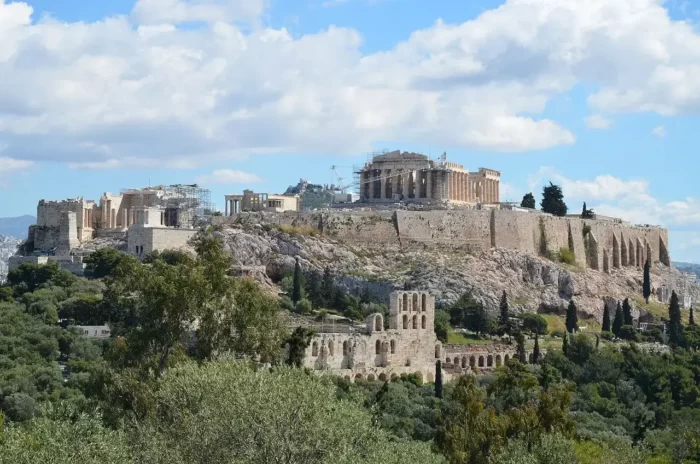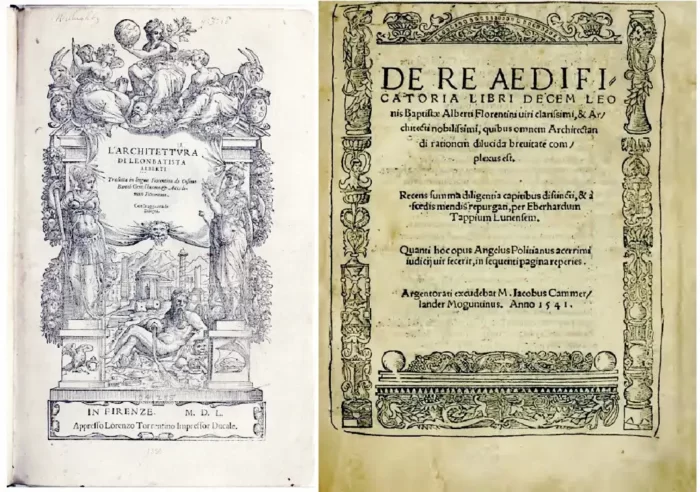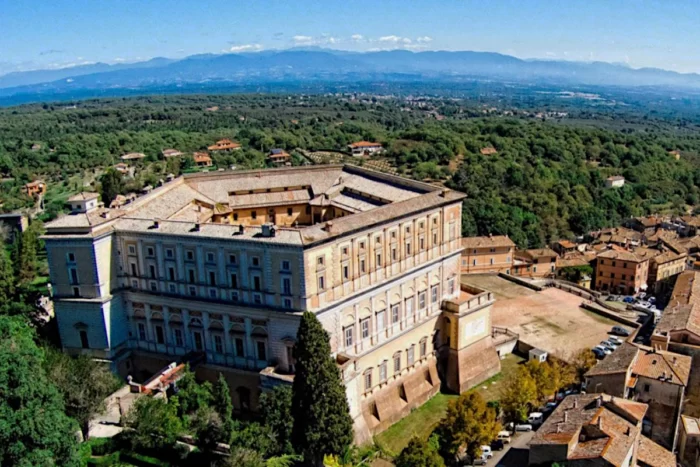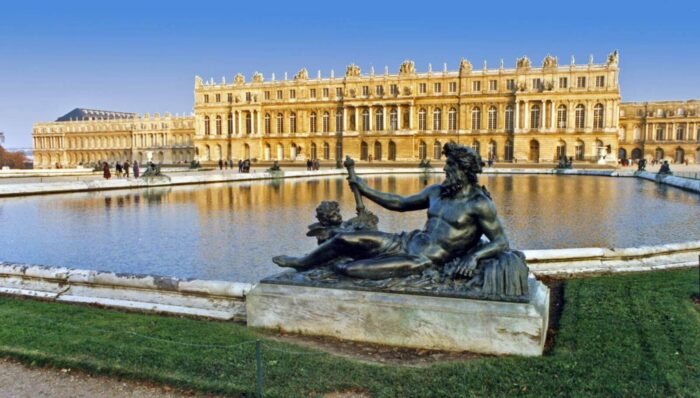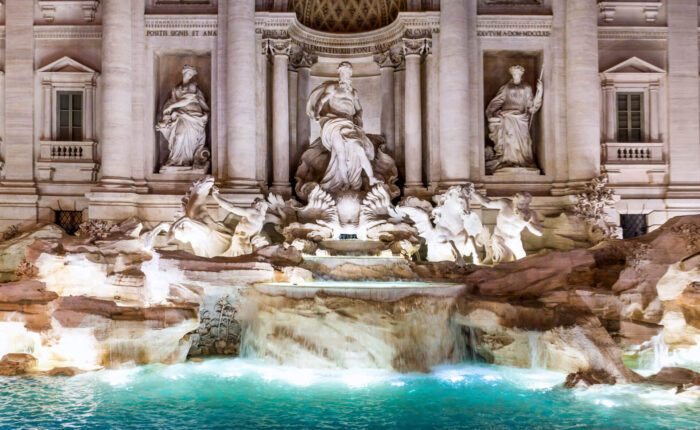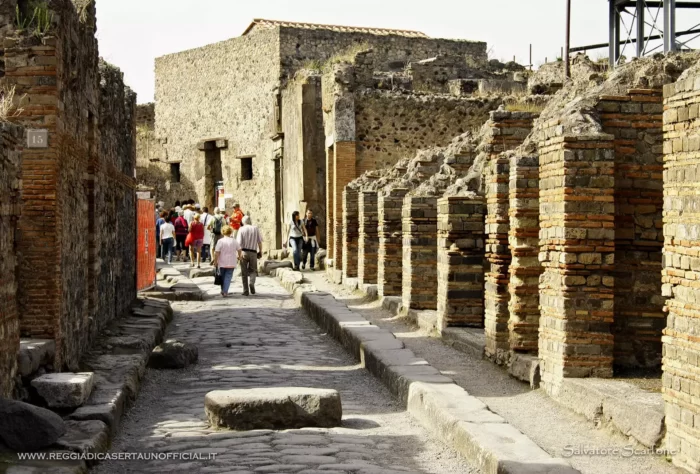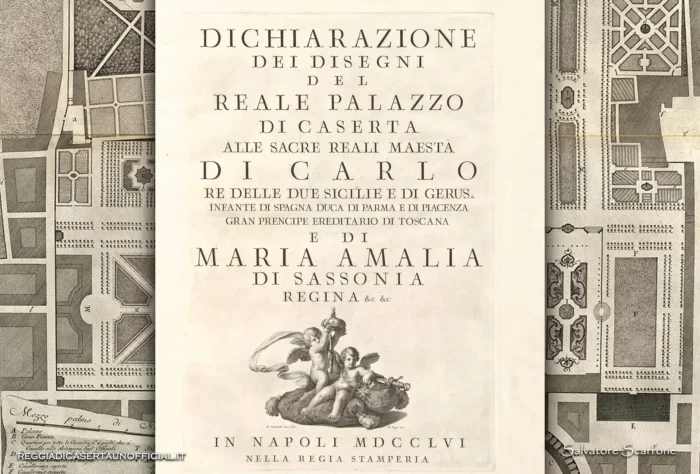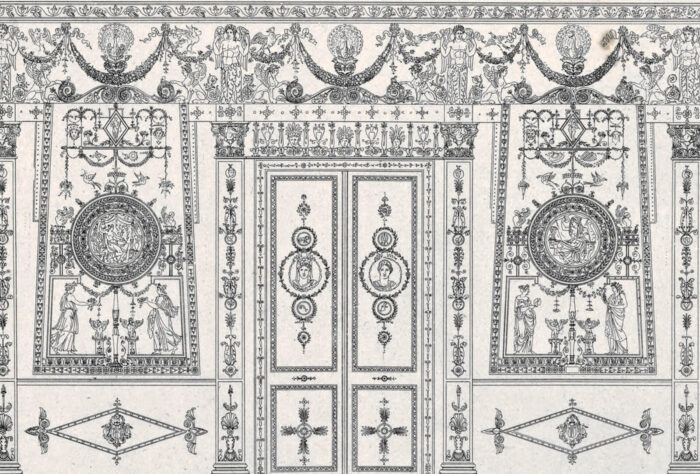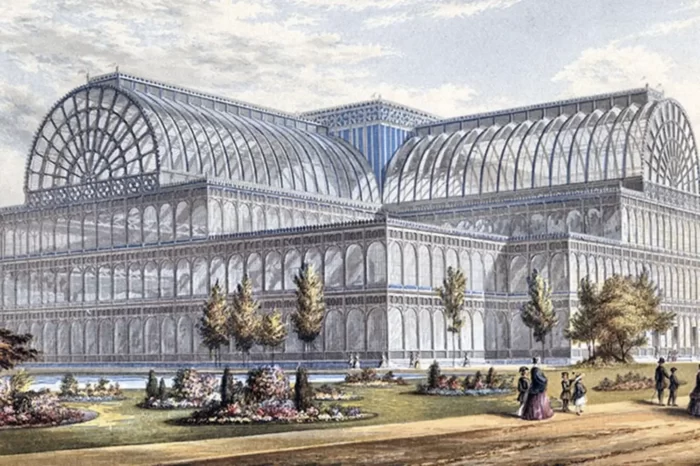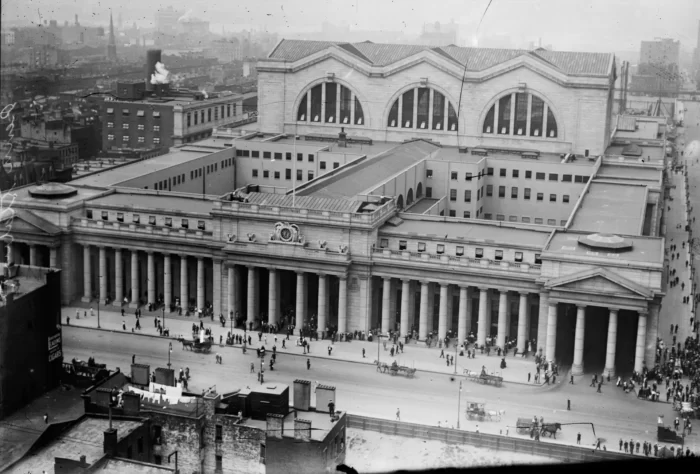Chronology of Neoclassical architecture: origins, birth and evolution
Chronology of Neoclassical architecture: origins, birth and evolution from antiquity to the Royal Palace of Caserta and the subsequent buildings it inspired.
Below is the chronology demonstrating the birth and development of neoclassical architecture, from the Greek era to the present day, with the dates of construction of the main Baroque and Renaissance palaces, museums and monuments. It must be remembered that, in general, the buildings were modified over time to follow the fashion of the time, or rebuilt due to fires.
Renaissance: 1400-1599
1400-1499
- 1416 – Invention of linear perspective (F. Brunelleschi)
- 1420 – Dome of St. Maria del Fiore, Florence, Italy (F. Brunelleschi)
- 1446 – Rucellai Palace, Florence, Italy (L. B.Alberti)
- 1452 – “De re aedificatoria” treatise on architecture (L. B. Alberti)
- 1464 – “De statue”, treatise on Renaissance sculpture (L. B. Alberti)
- 1480 – Discovery of the Domus Aurea (Nero’s Golden House), and birth of the popular grotesque decoration
1499-1599
- 1506 – St. Peter’s Basilica, Vatican City (A. Bramante)
- 1515 – Farnese Palace, Rome, Italy (A. da Sangallo)
- 1523 – Laurentian Library, Florence, Italy (Michelangelo Buonarroti)
- 1530 – School of Fontainebleau by Italian artists, France
- 1546 – St. Peter’s Dome, Rome, Italy (Michelangelo Buonarroti)
- 1546 – Louvre Palace, France
- 1549 – Basilica, Vicenza, Italy (A. Palladio)
- 1550 approx. – Belvedere of San Leucio near the Royal Palace of Caserta
- 1553 – Villa La Rotonda, Vicenza, Italy (A. Palladio)
- 1560 – Uffizi, Florence, Italy (G. Vasari)
- 1560 – Renovation of Pitti Palace, Florence, Italy
- 1565 – Church of San Giorgio Maggiore, Venice, Italy (A. Palladio)
- 1657 – St. Peter’s Square, Rome (G. L. Bernini)
- 1580 – Teatro Olimpico (Olympic Theatre), Vicenza, Italy (A. Palladio)
- 1583 – Quirinale Palace, Rome, Italy
- 1589 – Apostolic Palace, Vatican City
Baroque and Rococo: 1600-1750
Baroque: 1600-1699
- 1668 – Versailles Palace, France
- 1696 – Schönbrunn Palace, Vienna, Austria
Rococo: 1700-1750
- 1703 – Peterhof Palace, St. Petersburg, Russia
- 1717 – Basilica of Superga, Turin, Italy (F. Juvarra)
- 1721 – Upper Belvedere, Vienna, Austria (Hildebrandt)
- 1723 – Spanish Steps in Piazza di Spagna, Rome (de Sanctis)
- 1729 – Palazzina di Stupinigi, Turin, Italy
- 1732 – Trevi Fountain, Rome, Italy
- 1732 – Facade of Archbasilica of St. John Lateran, Rome, Italy
- 1734 – Amalienburg near Nymphenburg Palace, Munich, Germany
- 1734 – The sculptures of the Farnese Collection were transferred from Rome to Naples.
- 1735 – Royal Palace in Madrid (F. Juvarra)
- 1741 – Facade of the church of S. Maria Maggiore, Rome, Italy (F. Fuga)
Neoclassicism: 1746-1840
The origins of Neoclassicism: 1746-1749
- 1746 – Villa Albani (Carlo Marchionni), Rome, Italy.
- 1748 – Discovery of Pompeii.Excavations began for the will of the King of Two Sicilies Charles III of Bourbon.
1748 – Discovery of Pompeii.Excavations began for the will of the King of Two Sicilies Charles III of Bourbon.
The second half of the XVIII century
- 1751 – Publication of the first volume of the “Enciclopedie” of Diderot and D’Alembert.
- 1752 – Construction of the Royal Palace of Caserta begins
- 1753 – Publication of “The analysis of the beauty” by Hogarth.
- 1753 – Foundation of the British Museum, London, UK.
- 1754 – Robert Adam began the Grand Tour in Italy. Birth of the”Adam Style”
- 1754 – Winter Palace (Francesco Bartolomeo Rastrelli). Was reconstructed in 1837 due to a fire. St. Petersburg, Russia.
- 1755 – Winckelmann published “Thoughts on the imitation of Greek works”.
- 1755 – Establishment of the Academy of Herculaneum in Naples, for the will of the King of Two Sicilies Charles III of Bourbon.
- 1756 – Were printed the “Declaration of the designs of the Royal Palace of Caserta” by Vanvitelli. Naples
- 1756 – Catherine Palace, St. Petersburg, Russia
- 1757 – Birth of Antonio Canova.
- 1757 – Publication of the first volume of “The antiquities of Herculaneum.”
- 1760 – Royal Palace of Stockholm.
- 1761 – “Della Magnificenza ed architettura de’ Romani” (“Of Magnificence and architecture of Romans”) (G.B. Piranesi)
- 1761 – Nymphenburg palace, Monaco, Germany
- 1762 – Petit Trianon, Versailles
- 1763 – End of the construction and equipping of the Villa Albani.
- 1763 – Winckelmann was became the Superintendent of Antiquities of Rome.
- 1764 – Church La Madeleine. Paris, France.
- 1764 – Winckelmann published the “History of art of antiquity.”
- 1765 – Small Hermitage palace (Jean-Baptiste Vallin de la Mothe and Yury Velten). St. Petersburg, Russia.
- 1768 – Foundation of the Royal Academy of Arts. London, UK.
- 1768 – Birth of the Wedgwood pottery manufacture.
- 1771 – Large Hermitage palace(Yury Velten)
- 1773 – Death of Luigi Vanvitelli.
- 1774 – Renovation of the Belvedere of San Leucio near the Royal Palace of Caserta(L. Collecini)
- 1776 – Teatro alla Scala, Milan
- 1780 – Construction of Villa Reale, Milan
- 1792 – Alexander Palace (Giacomo Quarenghi) St. Petersburg, Russia.
- 1792 – White House, Washington, USA (James Hoban)
- 1792 – Teatro La Fenice, Venice, Italy
- 1793 – Capitol. Washington, USA.
- 1795 – National Palace of Ajuda, Lisbon, Portugal
- 1795 – Monticello, USA (T. Jefferson)
- 1796 – Napoleon, with the advice of D.V. Denon, began to plunder Italy to set up the Louvre with the Italian works of art.
1756 – Were printed the “Declaration of the designs of the Royal Palace of Caserta” by Vanvitelli. Naples
Empire: 1800-1840
- 1801 – Place in the British Museum in London of the sculptures from the Parthenon by Phidias.
- 1807 – Construction of the Arch of Triumph. Paris, France.
- 1809 – Basilica of St. Francis of Paola in Piazza del Plebiscito. Naples, Italy. (P. Bianchi)
- 1809 – “Les Ruines de Pompéi” the book that made known Pompeii (F. Mazois)
- 1812 – “Reports of décorations intérieures” (Collection of interior decoration).The book that gave birth to the Empire style. (Percier & Fontaine)
- 1815 – Antonio Canova recovers some of the italian masterpieces stolen by the French, and he went to London to see the marbles of the Parthenon made by Phidias.
- 1816 – Inauguration of the Royal Bourbon Museum in Naples, now called the National Archaeological Museum, the most important archaeological museum in the world. Its creation was an idea of Luigi Vanvitelli.
- 1816 – Piazza del Popolo, Rome (G. Valadier)
- 1818 – Konzerthaus Berlin (Karl Friedrich Schinkel).Berlin, Germany.
- 1826 – Buckingham Palace(John Nash). London, UK.
- 1830 – Walhalla (Leo von Klenze)Regensburg, Germany.
1812 – “Reports of décorations intérieures” (Collection of interior decoration).The book that gave birth to the Empire style. (Percier & Fontaine)
Victorian age: 1837-1901
- 1839 – The New Hermitage (Leo von Klenze) St. Petersburg, Russia.
- 1840 – Palace of Westminster and Big Ben. London, UK.
- 1851 – Crystal Palace (J. Paxton) London, UK.
- 1852 – Facade of the Teatro alla Scala, Milan, Italy
- 1863 – Mole Antonelliana, Turin, Italy.
- 1865 – Galleria Vittorio Emanuele (G. Mengoni)Milan, Italy
- 1870 – Metropolitan Museum.New York, USA
- 1872 – Kunsthistorisches Museum. Vienna,Austria
- 1876 - Capitolio Nacional (T. Reed). Bogota, Colombia
- 1885 – Vittoriano, Rome, Italy
- 1898 – Russian Museum. St. Petersburg, Russia
External Link
Latest posts on the Royal Palace of Caserta
